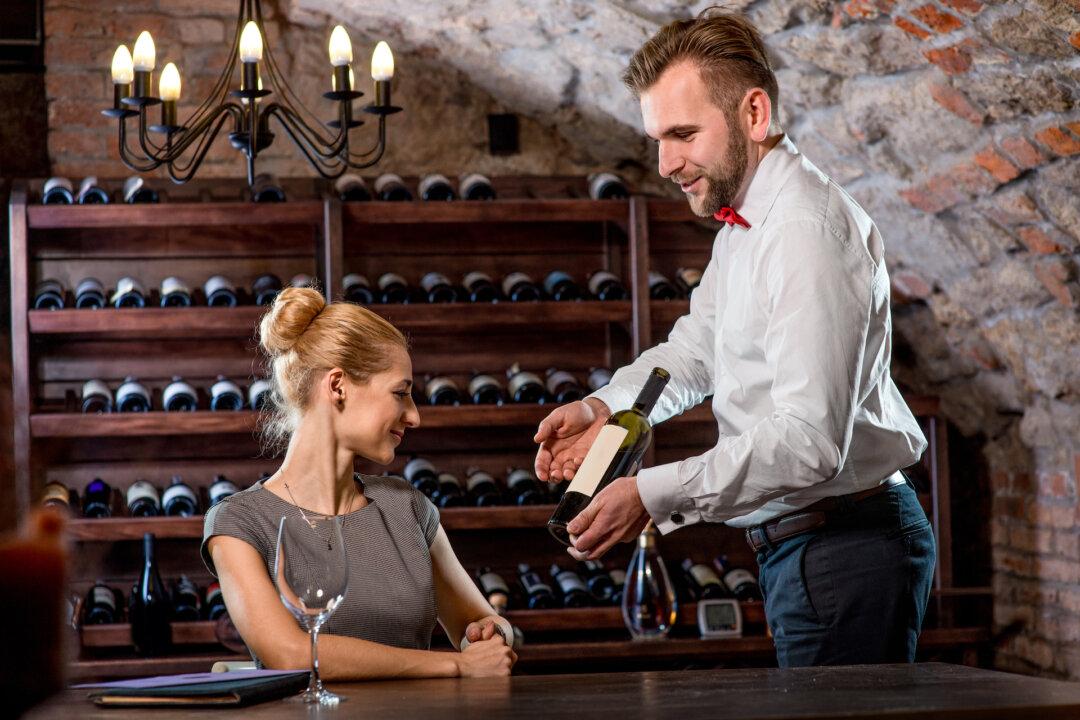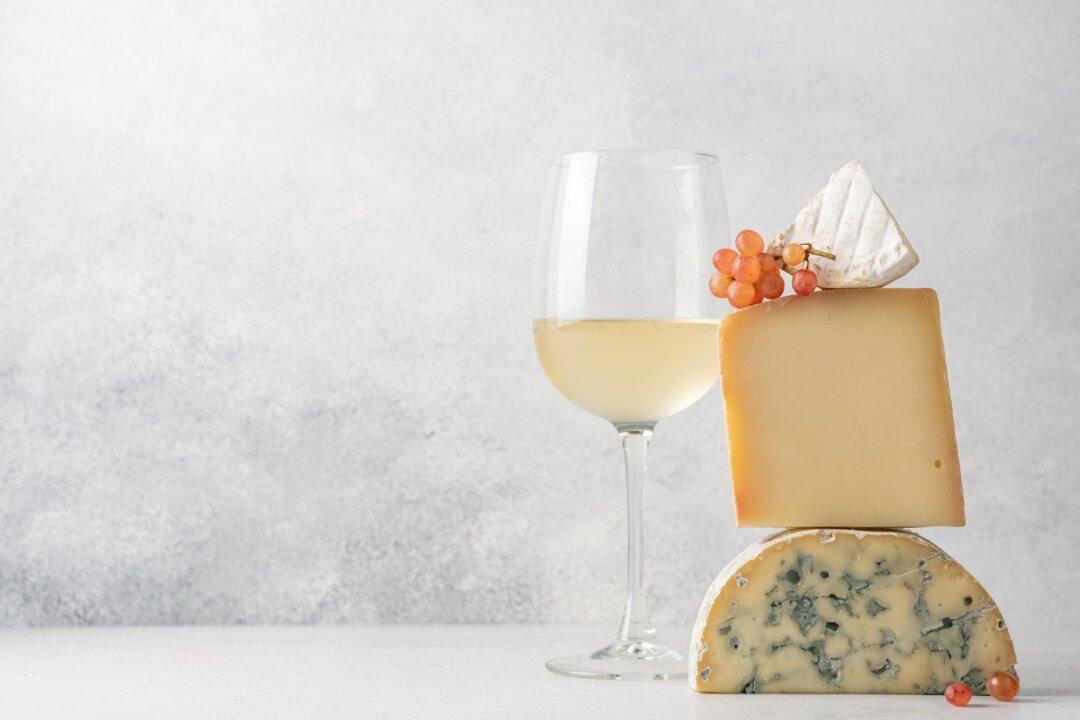I love wine, of course, but my favorite wines have lower alcohol levels than I have usually seen in the past decade or two.
The debate about alcohol levels in table wines (which are aimed at going with meals) has raged for roughly the past 30 years. And there are many people, notably in the United States, who believe that the percentage of alcohol is immaterial as long as the wine tastes OK.
As a result, we have seen alcohol levels creep up from the 1960s (when they were about 12 percent in almost all wines) to today, when 14.5 percent, 15 percent, and even higher seem to be everywhere. Many wine reviewers prefer higher-alcohol wines and reward them with higher scores.
In fact, a few zinfandels that receive high praise from some wine reviewers are in the 17 percent range. To me, that’s absurd. It’s higher than most sherries!
Contrast this with alcohol levels for most red wines that, before 1990, routinely were about 13.5 percent.
In the late 1980s, I was having lunch with the late Pete Seghesio at his home. It was a warm summer afternoon, and on the table was a 1985 Seghesio Zinfandel.
“I just don’t get some of the wines these days,” he said. “Too alcoholic.”
He then poured some of his ice water into his glass of zin.
“That’s better,” he said.
A decade ago, I interviewed the late, respected winemaker Peter Mondavi at his Charles Krug Winery. He was then 96, and he poured an expensive cabernet for us and grumbled something about its alcohol being “for the younger generation,” adding that in his day, “12 percent was just fine for me.”
True, older Americans who grew up with wines of more modest alcohol levels prefer what they were reared on, and recent research and current trends suggest that many wine drinkers are happiest with wines lower in alcohol.
Ten years ago, research sponsored by German wine trade fair ProWein contained an interesting fact.
A U.S.-based analytical firm, Wine Intelligence, asked 1,000 regular U.S. wine drinkers, as well as wine drinkers in China, Germany, and the UK, about their drinking preferences. The company said significant numbers said they preferred wines with less than 12 percent alcohol.
But try to find such a dodo bird!
Until recently, the phrase “table wine” indicated that a wine had less than 14 percent alcohol and qualified for a lower level of federal taxation. But that may be changing, and lower alcohol levels no longer garner that tax benefit.
More and more these days, I meet people who ask me if there are low-alcohol wines that actually taste good. Yes, of course, but, in general, large wine companies do not promote them with the same gusto that they do their regular brands.
Generally, wines from Europe have slightly less alcohol naturally because Europe has a continental climate, which means a lot less sun than California, and less sunlight produces lower sugars, which leads to lower alcohol levels.





